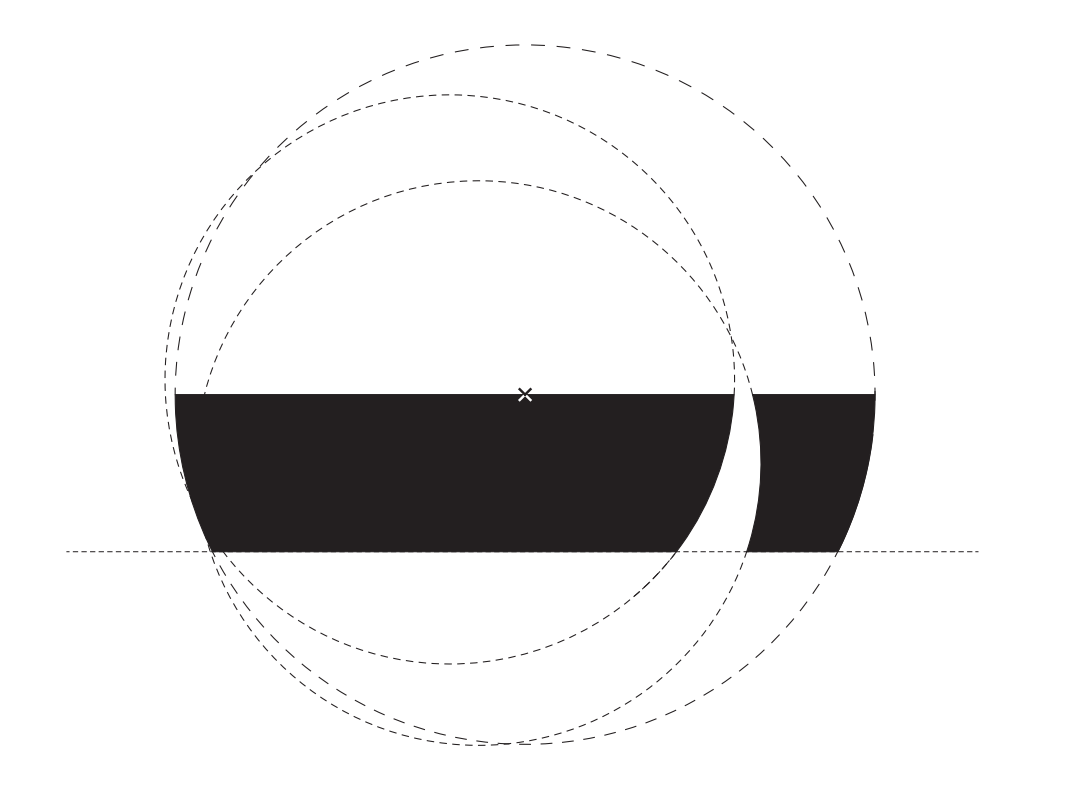

True luxury is a connection to something greater. Doha may appear as desert along the Arabian Gulf, but it holds an ancient energy — a wisdom passed down through generations about harmony with nature, resilience, and the sacred rhythms of life. Al Maha embodies this spirit. Its landscape will be home to the rocks, the birds, and the Oryx gifted by His Royal Highness — guardians of peace, majesty, and presence. This is more than a destination. It is a living emotion. A place where we remember that we, too, are part of nature.
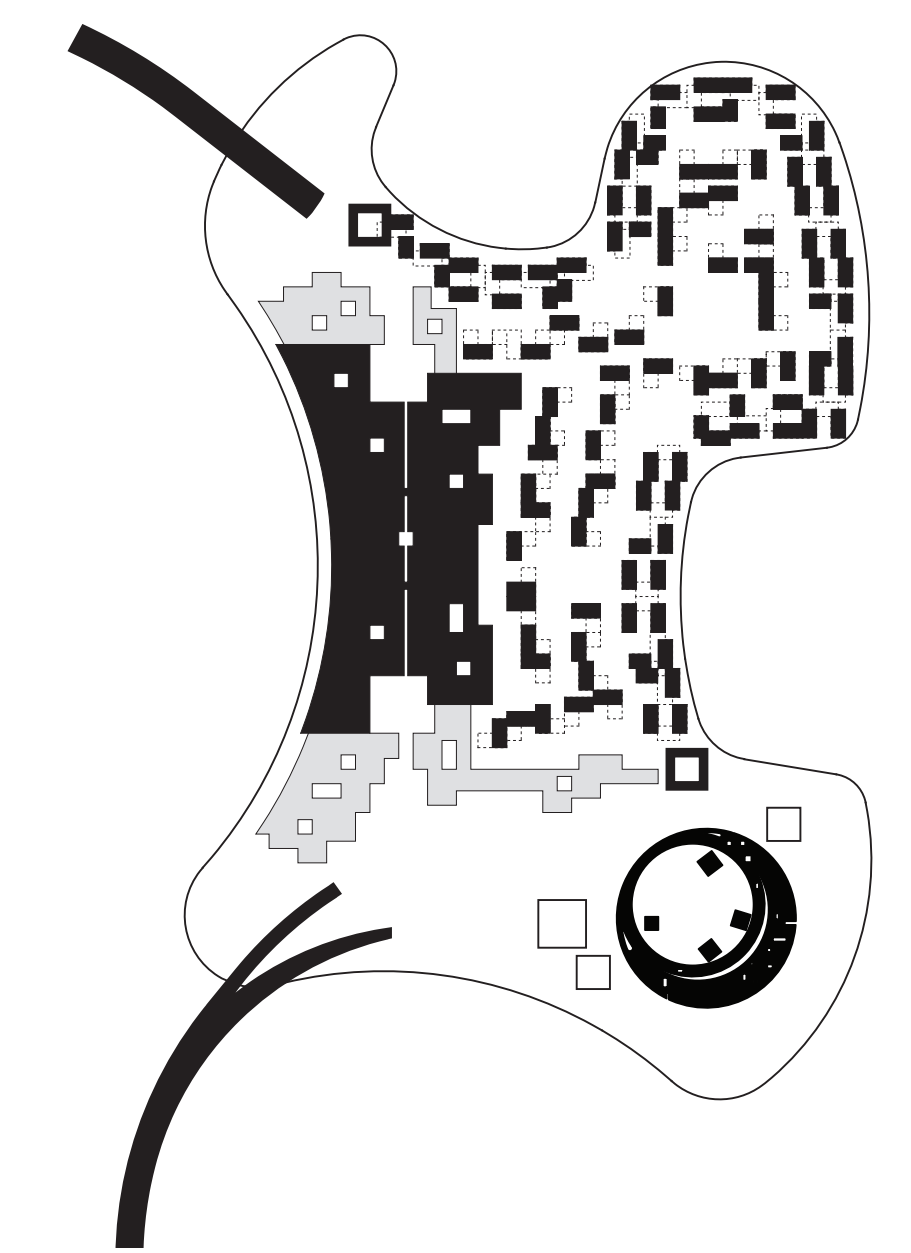
The Lusail Museum is a museum of ideas and their history with a local anchor. It aims to provide an engaging and thought-provoking experience for visitors that addresses historic and contemporary cultural encounters. The journey starts in Lusail, and the location and its innate connection to the Founder, Sheikh Jassim bin Mohammed bin Thani, connects the narrative to Qatar, its history and its current soft power policy.
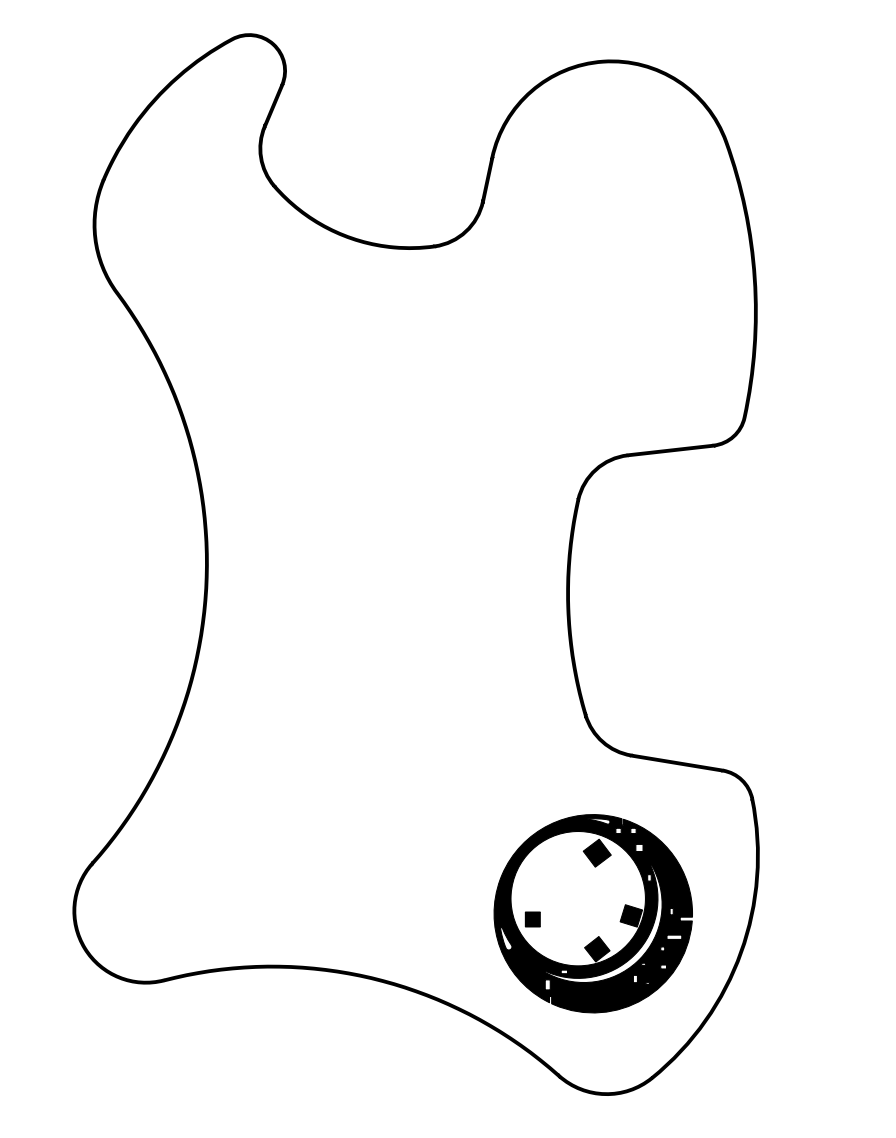
Nature is not a backdrop. It is the essence. Al Maha is the Middle East's first Nature Positive City, designed by the world's foremost biologists and landscape architects. Lush orchards, shaded gardens, and living canopies reduce temperatures, generate water, and nourish the body and soul. A living, breathing ecosystem where luxury means harmony — rewilding our lives while feeding our senses.
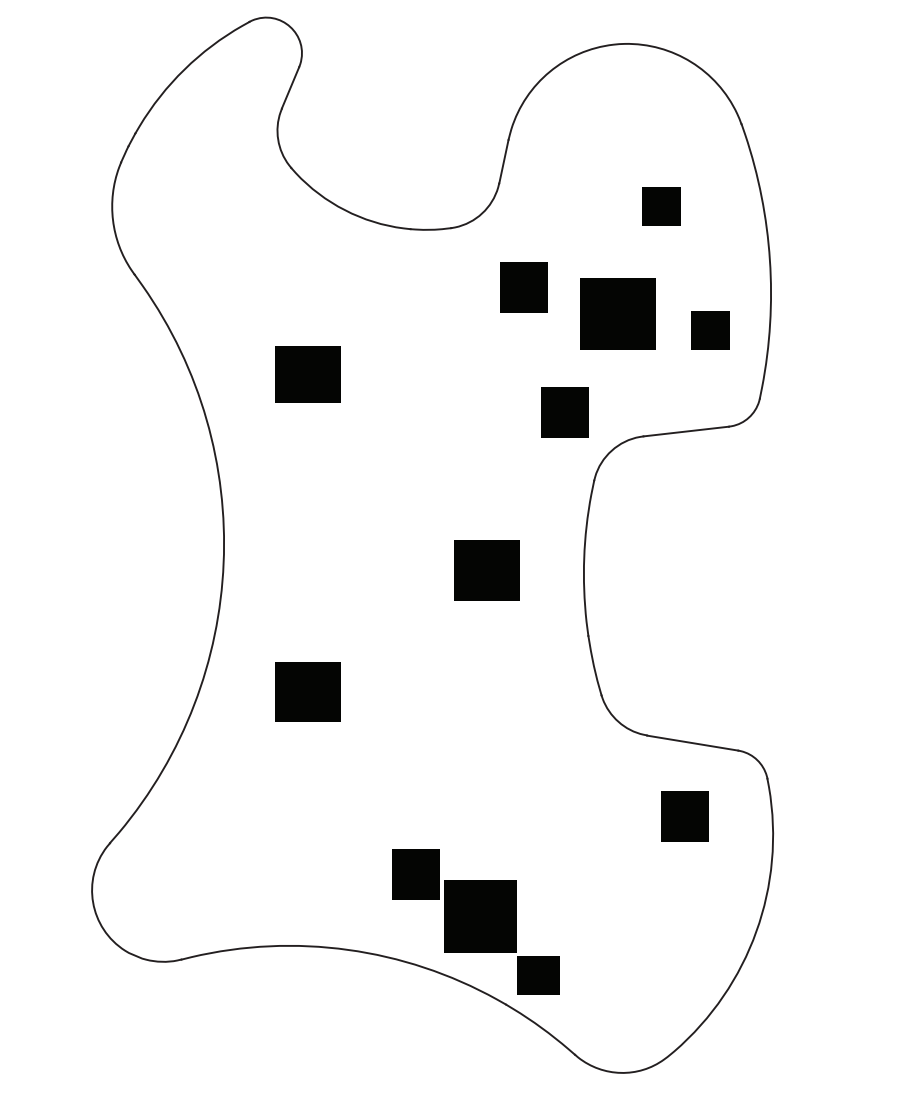
Where elegance meets authenticity. A car-free village crafted with vernacular charm. Life unfolds along shaded paths and tree-lined terraces. Here, residents live among farmers, artisans, and creators — a regenerative community where simplicity becomes sophistication, and daily life is an expression of beauty, purpose, and connection. Residents enjoy an exclusive beach club, museum-grade art storage, and the most advanced wellness and longevity facilities in the region.
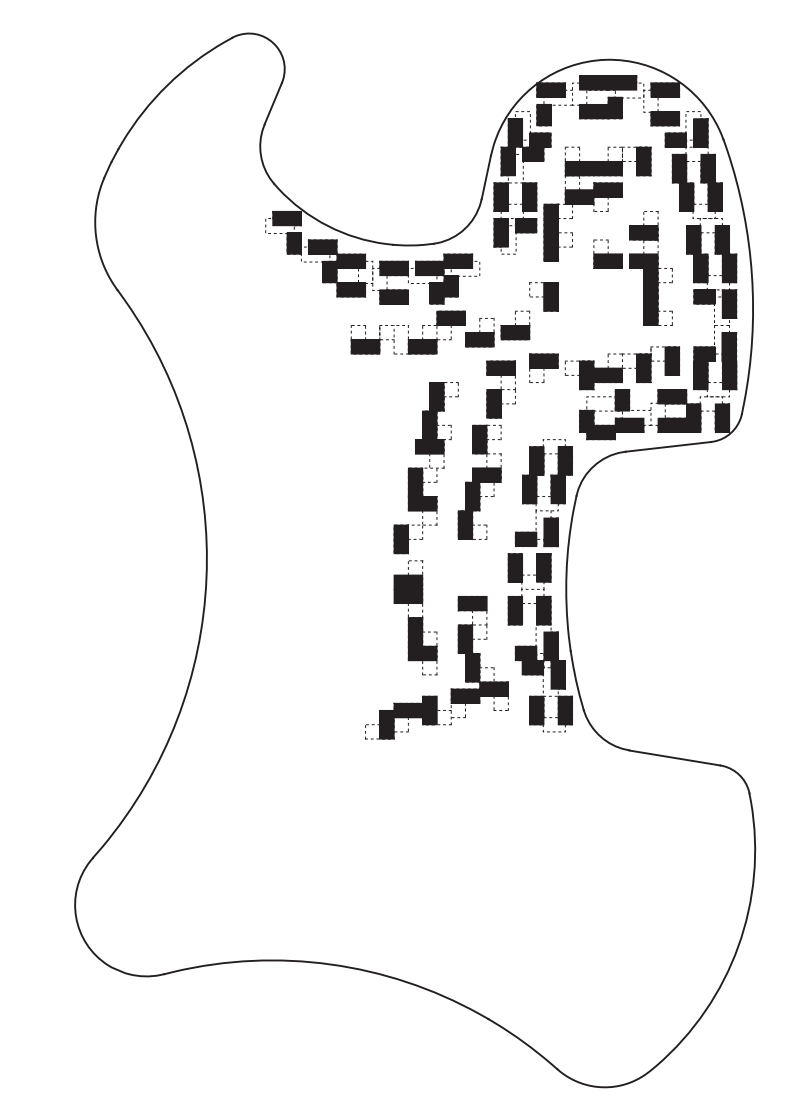
Luxury returns to its roots: creativity, craftsmanship, and soul. The Souk at Al Maha gathers the world's most visionary brands, artisans, and creators — where gastronomy, design, fashion, and artistry are redefined through a lens of authenticity and innovation. A fusion of southern aesthetics and future-forward technology. Every year, Art Basel brings the best of the global art scene to the island. At its core, a pioneering longevity center reconnects body, mind, and soul — a place for profound transformation.
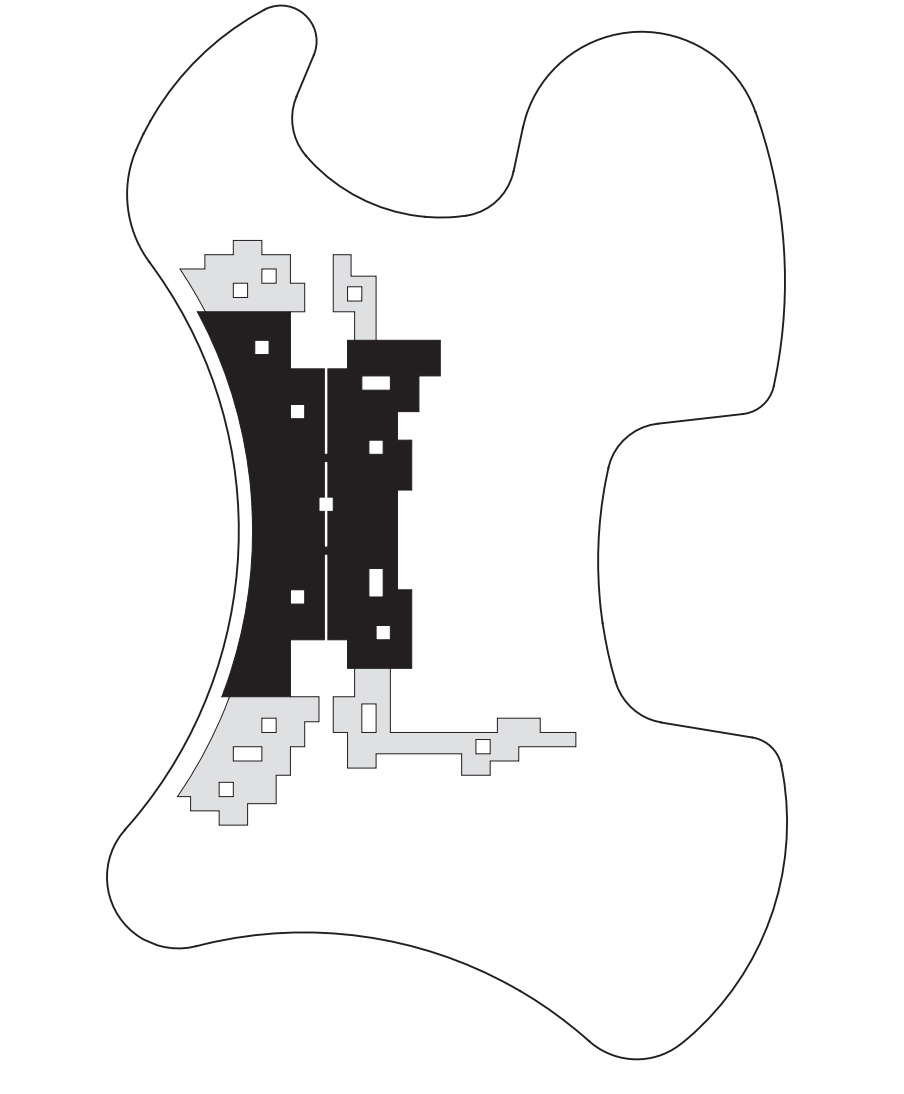
Architecture as a manifesto of meaning. Inspired by the legacy of the founder's houses, beachfront and hilltop villas seamlessly blend into the landscape with panoramic views of the sea and the setting sun. Residents can enjoy a neighbourhood defined by gem gardens, plazas, shaded laneways and car-free streets. For those more partial to urban living, vaulted townhouses sit atop the Souk with views over the marina to Lusail City across a central park.
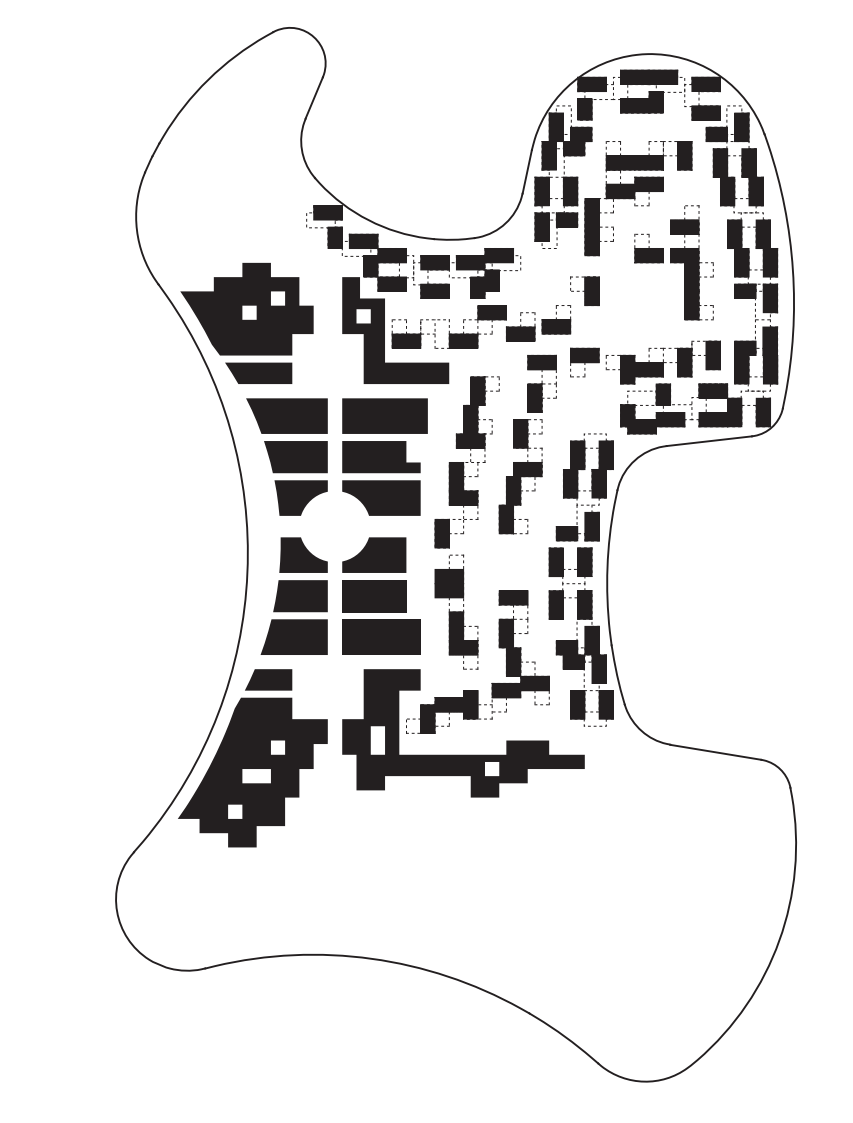
The site is a man-made island shaped by topography and an indigenous landscape. Our master plan has been developed to bring together diverse but complementary programs located throughout this landscape, creating an 'ecosystem' that can grow and change over time. Walled gardens placed throughout act as counter points to the more arid landscape, enriching the visitor experience. The museum itself occupies the southern tip of the island, acting as a physical marker within the island.
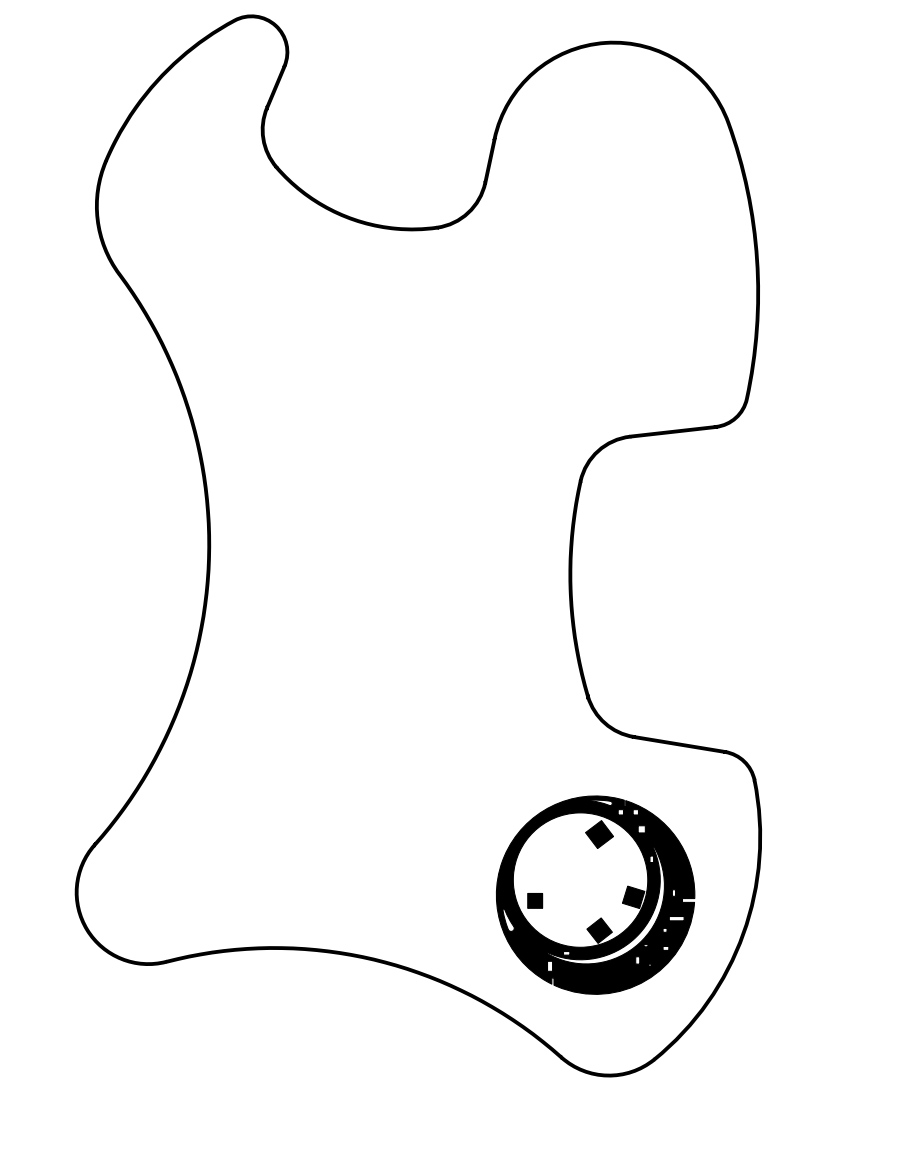
The precise geometric form of the building is both specific and universal — a truncated sphere, seemingly partially buried in the earth. The building exterior is rough, earthen, sand-like and resilient, in response to its coastal setting; it appears as if it is a piece of the land itself. Daylight enters the interior spaces through deeply recessed windows cut out of the facade, protecting the interiors from direct sunlight; the surrounding sea and city of Lusail remain constantly visible.

Three intersecting spheres shape and carve the volume of the building into two distinct parts: the first resembles a full moon, while the second resembles a crescent moon that is offset from its full counterpart. The space between these two forms is a crescent-shaped internal street naturally lit from above; it serves to connect the entrances of the museum to the central lobby and other public functions such as a library, auditorium, shop, café, and prayer space.
